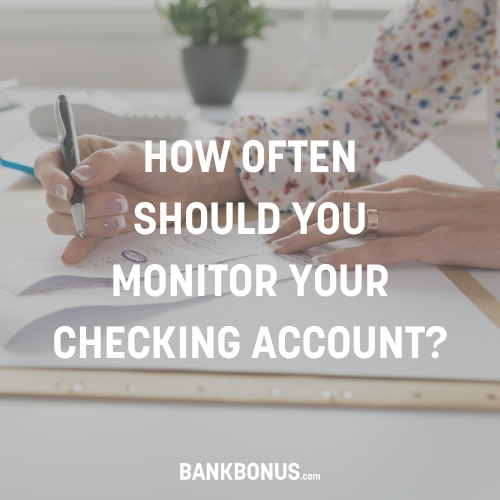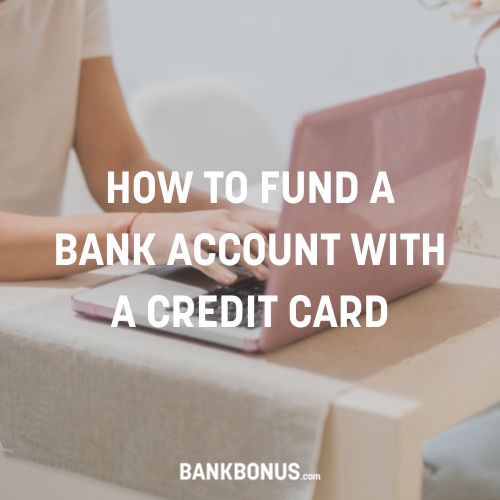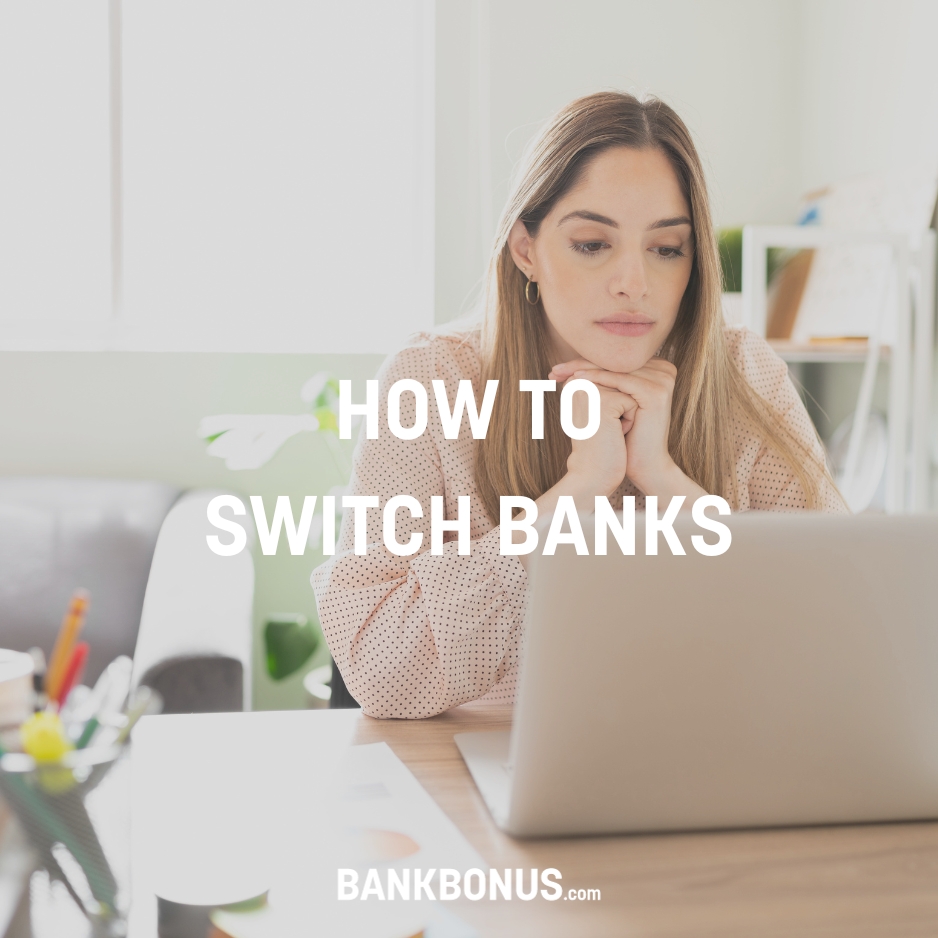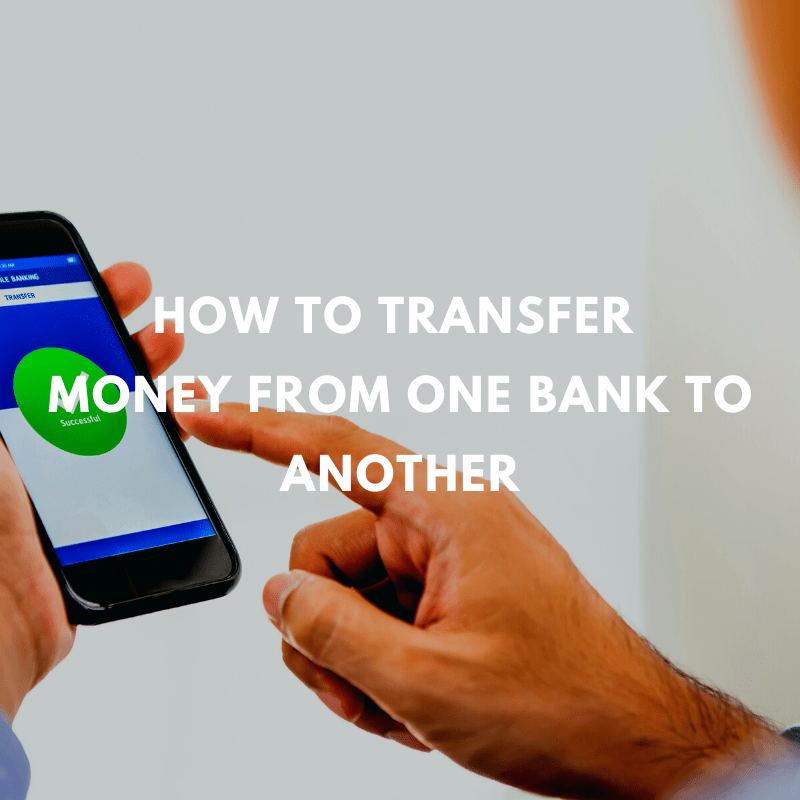Typically, a check involves two parties: the payer who writes it and the payee who receives it. However, with a third-party check, another person comes into the picture. This additional person has the right to cash or deposit the check once you sign it over to them.
So, if you find yourself in a situation where you need to transfer money outside of a mobile payment app or cash withdrawal, a third-party check might be the solution.
What is a Third-Party Check?
A third-party check is a two-party check signed over or endorsed to a third person. Normally, a check involves two parties: the payer, who signs the check, and the payee, who receives it. The payee can then deposit or cash the check. However, when a payee signs the check to someone else, it becomes a third-party check.
Third-party checks offer a convenient way to transfer money without relying on mobile payment apps or withdrawing physical cash from an ATM. Instead, you can pass the endorsed check to another person, granting them the right to cash or deposit it.
Types of Third-Party Checks
There are a few types of third-party checks:
- Personal checks
- Cashier’s checks
- Certified checks
- Payroll checks
If you have any of these types of checks and you can’t cash them, endorsing them to another individual can offer recourse.
How Does a Third-Party Check Work?
A third-party check works by providing the payee (the initial recipient of the check) with the ability to transfer the funds to another person without the need to cash or deposit the check first. Once the check is signed, the third party is responsible for depositing or cashing the check to access the money.
You can convert some checks into third-party checks if you don’t have a checking account or prefer to transfer funds through alternate avenues.
By endorsing a check to a third party, you can bypass the need for cash or digital transactions.
Let’s explore some common uses of third-party checks:
- Paying Bills: If you have a check made out to you but need to direct the funds towards a bill or debt owed to someone else, you can simply endorse the check over to them. For example, if you received a check for $500 but need to pay your landlord $400 for rent, you can sign the check to your landlord as a third-party payment.
- Transferring Funds: If you owe money to someone or need to transfer funds to another person, signing over a check to them can be an option. This method is beneficial when you don’t have access to digital payment apps or prefer not to use them.
- Making Purchases: In certain situations, completing a purchase with a third-party check is a viable option for businesses or individuals who accept checks as payment.
Can You Sign Over a Check to a Third Party?
When you receive a check, you may need to transfer it to someone else.
While it may seem like a convenient solution if you don’t have another way to cash it, there are important considerations and potential pitfalls to be aware of.
Can You Cash a Third-Party Check without a Bank Account?
Cashing a third-party check without a bank account might seem challenging, but it’s not impossible. If you don’t have a bank account, alternative financial services can be a viable option for cashing a third-party check.
These services, such as check-cashing stores or retail outlets, specialize in providing financial services to the unbanked or underbanked.
They often charge a fee for their services but offer convenience and accessibility for those who wouldn’t otherwise have support for their personal finances.
Alternatives to Third-Party Checks
While signing over a check to a third party may seem convenient, there are better options than endorsing it to a third party. Consider these alternatives to avoid potential issues:
- Cashing or Depositing the Check Yourself: If you have a bank account, consider cashing or depositing the check to your own account first. This process eliminates the need for a third-party check and ensures that you have control over the funds. Depending on your bank, some funds take a few business days to process. With mobile check deposit services through online banking, you don’t even have to visit a bank.
- Money Orders: A money order is a safe alternative to a personal check, especially if you are worried about someone getting ahold of your account numbers and other personal information.
- Exploring Electronic Payment Methods: In today’s digital age, numerous electronic payment platforms offer quick and secure funds transfer. Consider using online banking or peer-to-peer payment apps like Zelle, Cash App, or Venmo.
How to Write a Third-Party Check
In this section, we will discuss three key steps to follow when writing a third-party check, including proper identification, providing clear instructions, and double-checking the accuracy of information.
Include Proper Identification
When filling out the check, make sure to write the name of the person correctly. It is important to accurately spell their name and use the name that matches their identification documents. This attention to detail will help banks and financial institutions verify the payee’s identity and process the check accordingly.
Provide Clear Instructions
It is essential to provide clear instructions on the check to avoid any confusion or delays in processing. The third-party check will likely have your information on it, but you’ll need to write the name of the new payee and their account numbers on the back of the check.
Additionally, you’ll need to include a memo or note on the check specifying the payment’s purpose. The memo helps the payee understand the payment’s nature and avoid misunderstandings.
Double-Check Accuracy of Information
Before finalizing the third-party check, take a moment to double-check the accuracy of the information provided. Ensure you spell the payee’s name correctly and write all details legibly so the payment amount and recipient are clear.
Any errors or mistakes in the check could lead to complications when banks are processing it. Taking the time to review the details will help prevent potential issues and ensure a smooth transaction.
How to Cash Third-Party Checks
Cashing a third-party check involves several important steps and considerations.
In this section, we will guide you through the endorsement requirements, verification process, and potential hold periods associated with cashing or depositing a third-party check.
Endorsement Requirements
To endorse a check to a third party, follow these simple steps:
- Before endorsing the check, ensure the intended recipient (the third party) is willing to accept a third-party check.
- Flip the check over and sign it (endorse it) on the designated line for endorsements. It will typically say “endorse here.”
- Underneath your signature, write “pay to the order of [name of the third party].”
- Hand over the endorsed check to the recipient.
Not everyone may be willing to accept a third-party check, as some banks and stores have policies against cashing or depositing them. Ensure the intended recipient is aware of this and willing to accept a third-party check before proceeding.
Verification Process
When cashing or depositing a third-party check, banks and financial institutions often have a verification process to ensure the check’s validity. Here’s what you can expect:
- Visit a bank or credit union, preferably the issuing bank, with the endorsed third-party check and a valid government-issued photo ID. You may visit a local bank if the issuing bank isn’t nearby.
- Some establishments may require the presence of the original payee (the second party) and their identification. It’s best to check with the specific bank or institution beforehand.
- The bank will verify the check’s authenticity and ensure the checking or savings account has sufficient funds to cover the check amount and avoid overdraft fees.
- The bank may charge a small fee for cashing or depositing a third-party check in certain cases.
It’s worth noting that the issuing bank typically has an advantage in verifying the check’s authenticity since they have direct access to the check writer’s account information.
Where to Cash a Third-Party Check
If you find yourself in possession of a third-party check, you may be wondering where you can go to cash it. In this section, we will explore some common options for cashing a third-party check and discuss the important considerations you’ll need to keep in mind.
Traditional Banks
One of the most straightforward options for cashing a third-party check is to visit a traditional bank. Many banks will allow you to cash a third-party check, though the specific requirements and fees may vary. It is advisable to contact your bank in advance to inquire about their policies regarding third-party checks.
Check Cashing Stores
Check cashing stores provide a convenient alternative for cashing third-party checks. These establishments specialize in cashing checks and often have extended operating hours, allowing flexibility in your schedule. Keep in mind that check cashing stores may charge a fee for their services, so it is important to inquire about any associated costs beforehand.
Retail Stores
Certain retail stores offer check-cashing services as well. This option can be convenient if you frequently visit these stores for your shopping needs. Stores like Walmart or grocery stores may provide check cashing services, including third-party checks. Like check-cashing stores, retail stores may charge a fee for this service.
Prepaid Debit Cards
Another option is using a prepaid debit card to cash a third-party check. Some prepaid debit card providers offer an option to deposit checks onto the card through a mobile app. Once you’ve deposited it, you can access the funds using the prepaid debit card for purchases or withdrawing cash from ATMs.
Tips for Depositing a Third-Party Check
When cashing a third-party check, it is important to keep the following considerations in mind:
- Identification: Ensure you have valid identification documents when cashing a third-party check. Banks and other institutions will require a government-issued photo ID to complete the process.
- Endorsement: The check may require endorsement from both the original payee and the intended recipient. Be sure to follow the necessary endorsement process on the back of the check to avoid any issues.
- Fees: Different institutions may charge fees for cashing third-party checks. It is crucial to inquire about any fees associated with the transaction so you can make an informed decision.
- Verification: Be prepared for additional verification steps, especially for larger amounts or unfamiliar institutions. The institution may need to verify the check’s authenticity to prevent fraud.
Bottom Line
A third-party check allows the payee to transfer the funds to someone else without having to cash or deposit the check first.
By signing the check to a third party, they become responsible for depositing or cashing it to access the money. Sometimes, the endorsed person will give you access to the funds. In other cases, you can use an endorsed check to pay an individual who wasn’t originally named as the payee on the check.
This type of check can include personal checks, cashier’s checks, certified or official checks, and payroll checks. Third-party checks provide an alternative method to transfer money, bypassing the need for money transfer services or mobile payment apps.
They’re an incredibly convenient option for individuals who don’t have access to conventional banking services, like a checking or savings account.
Overall, third-party checks can be a convenient and efficient way to transfer funds to another individual, but they’re not our first choice if you have other options.





Comments are closed.
Comments are closed here.